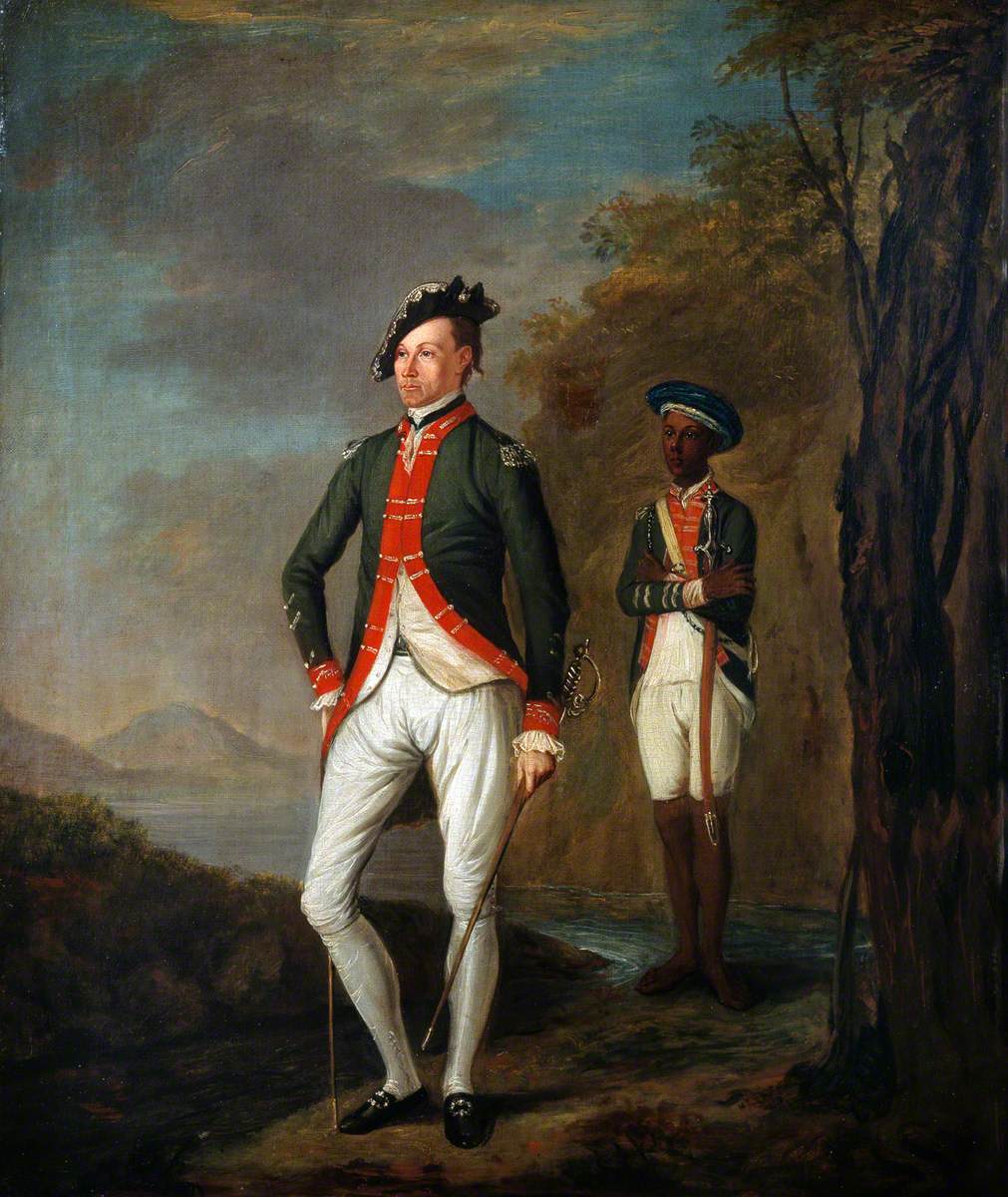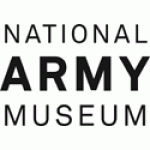How you can use this image
This image can be used for non-commercial research or private study purposes, and other UK exceptions to copyright permitted to users based in the United Kingdom under the Copyright, Designs and Patents Act 1988, as amended and revised. Any other type of use will need to be cleared with the rights holder(s).
Review the copyright credit lines that are located underneath the image, as these indicate who manages the copyright (©) within the artwork, and the photographic rights within the image.
The collection that owns the artwork may have more information on their own website about permitted uses and image licensing options.
Review our guidance pages which explain how you can reuse images, how to credit an image and how to find images in the public domain or with a Creative Commons licence available.
Notes
Add or edit a note on this artwork that only you can see. You can find notes again by going to the ‘Notes’ section of your account.
The armies of the three East India Company ‘Presidencies’ were composed largely of sepoy battalions, that is, units of Indian troops commanded by European officers. The subject of this portrait is believed to be Captain Mathias Calvert (1733–1779), 14th Battalion of Coast Sepoys. The hill in the background closely resembles the distinctive domed rock of Ambur on the Palar river, Madras. It was here that Calvert's battalion held out against the vast armies of Mysore and Hyderabad in 1767, earning the honorary title ‘The Amboor Battalion’. The young man in sepoy’s uniform standing in the background wears a chain across his right shoulder, which is sometimes a sign of slavery. Calvert is known to have owned a slave boy named John.
Title
A British Officer of a Madras Sepoy Battalion, Possibly Captain Mathias Calvert (1733–1779), Attended by a Young Sepoy or Servant
Date
c.1769
Medium
oil on canvas
Measurements
H 75.9 x W 63.2 cm
Accession number
NAM. 1957-10-44
Acquisition method
purchased from Spink and Son Ltd, 1957
Work type
Painting


